The Science Behind the Perfect Croissant: Why Technique Matters
LE CORDON BLEU MALAYSIA
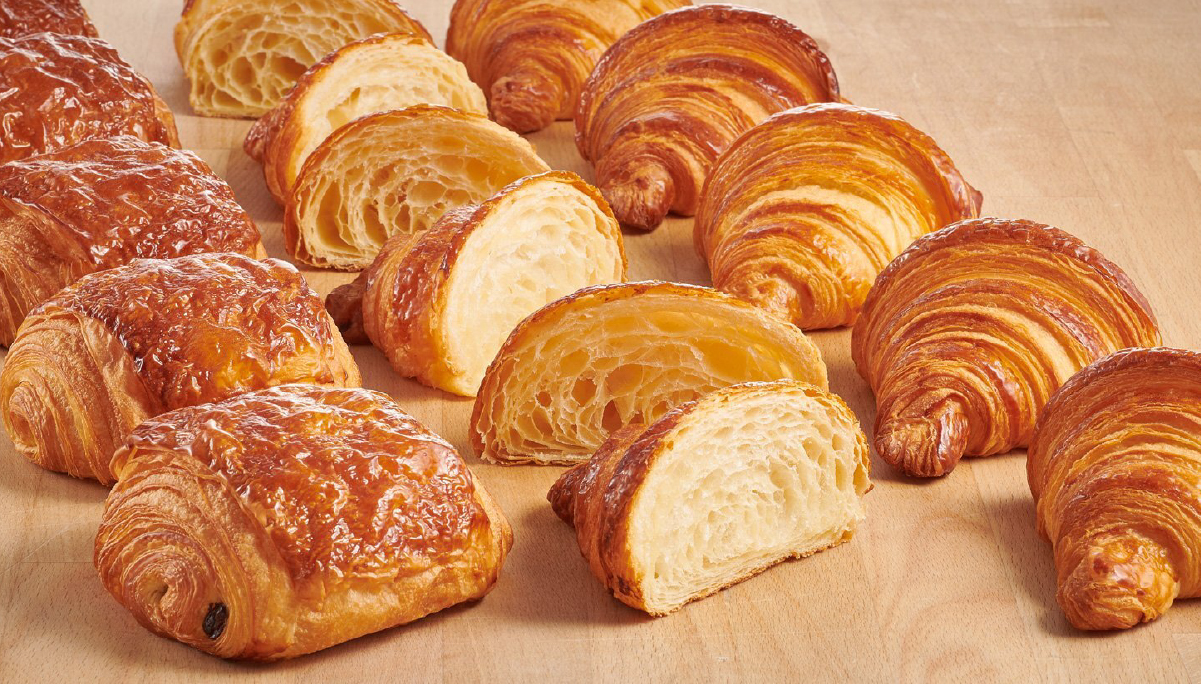
There’s something truly magical about biting into a croissant (kwah-sonn) —its golden, crisp exterior giving way to soft, buttery layers that melt on your tongue. It’s more than just breakfast; it’s a symbol of French culinary finesse and one of the ultimate tests of a baker’s skill.
|
Did You Know? 🇦🇹➡️🇫🇷
The croissant’s origins trace back to Austria, not France! It evolved from the kipferl, a crescent-shaped bread popular in Vienna. It was brought to France by Austrian baker August Zang in the 1830s.
Source: Institute of Culinary Education
|
But crafting the perfect croissant is no easy feat. While the ingredient list may seem simple—flour, butter, yeast, milk, sugar, salt—the transformation from basic pantry items to this delicate pastry is where science and technique come into play. Behind every airy pocket and flaky fold lies a story of chemistry, precision, and patience.
For baking enthusiasts, understanding the hows & whys behind every step is key to mastering the art of le croissant✨. So let’s peel back the layers (quite literally) and explore the science behind the perfect croissant—a journey every student in a culinary arts course or baking class in Malaysia would appreciate.
The Role of Ingredients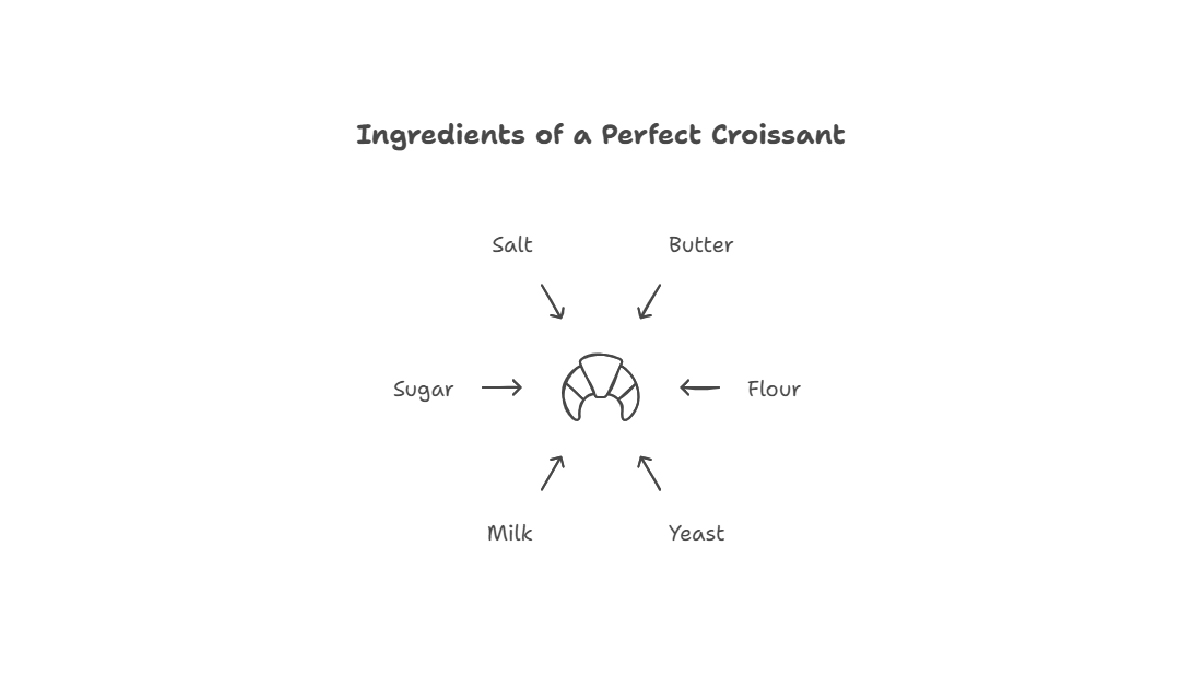
Butter: The Heart of the Flake
Not all butter is created equal. When it comes to croissants, high-fat European butter (at least 82% fat) is essential. The higher fat content means less water, which prevents excess steam and helps create those crisp, defined layers. The butter must be pliable but cold, so it can be folded into the dough without melting or breaking through.
|
There’s a Butter Law in France 🇫🇷🧈
In France, if a bakery calls it a “croissant au beurre”, it must be made with 100% butter. If it just says “croissant,” it may contain margarine.
Source: Everyday Parisian
|
This butter doesn't just create flakiness—it’s also responsible for the croissant’s rich, indulgent flavour.
Flour: The Foundation of Structure
A croissant’s lift and chew come from gluten, which forms when flour and water combine. The right flour needs just enough protein (typically 10.5–11.5%) to create structure, but not so much that it becomes tough. Too little gluten, and the layers collapse; too much, and the croissant loses its tenderness.
Yeast: Tiny Organisms, Big Impact
The fermentation process relies on yeast—either active dry or instant yeast. As yeast consumes sugars in the dough, it releases carbon dioxide and alcohol, giving the dough rise and developing nuanced flavours.
Long, slow fermentation (often overnight in the fridge) enhances complexity, giving croissants a slightly tangy, layered depth that quick-rise methods simply can’t replicate.
Milk, Sugar, and Salt: The Balancing Act
Each of these plays a quiet but critical role. Milk adds richness and tenderness, sugar not only feeds the yeast but helps with browning and sweetness, and salt strengthens gluten and balances flavour. Too much of any can throw off the final product.
The Science of Laminating Dough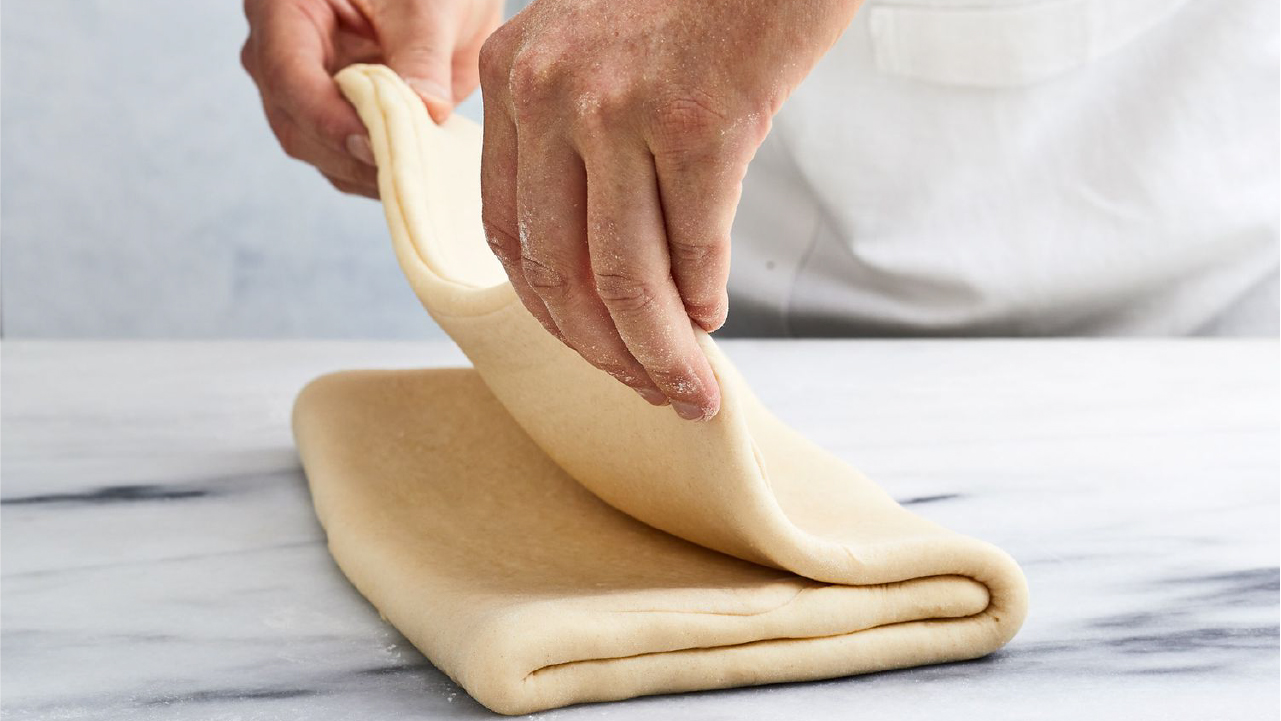
Image Source: Food and Wine
Lamination is what transforms yeasted dough into puff pastry's yeasty cousin. It’s a laborious process of folding cold butter into the dough through multiple turns—commonly three simple folds, creating 27 layers of butter and dough.
During baking, the water in the butter turns to steam, puffing up each dough layer and creating the signature flakiness. But if the butter melts too early, it leaks out and creates greasy, dense pastries. That’s why temperature control is critical: both dough and butter must stay cold throughout the lamination process.
At Le Cordon Bleu Malaysia, students enrolled in the Diploma in Pastry and Bakery programme learn to feel when the dough is ready for the next turn—soft enough to roll, but cold enough to prevent melting. That balance is where technique meets instinct.
Fermentation and Proofing
Fermentation isn't just about rise—it’s a complex chemical process that develops flavour and affects texture. As yeast ferments the dough, it breaks down sugars and produces acids and alcohols, which contribute to the croissant’s deep, buttery aroma.
- Under-proofed croissants won’t rise properly in the oven, resulting in tight, doughy interiors.
- Over-proofed croissants may collapse during baking and lack definition in the layers.
Finding the sweet spot in proofing time ensures an even rise and the signature honeycomb crumb structure.
|
It can take up to 3 DAYS???
Making a croissant from scratch can take up to 3 days due to fermentation, lamination, and proofing—no wonder it's considered a rite of passage in pastry school.
Source: Vice
|
Shaping and Rolling Techniques
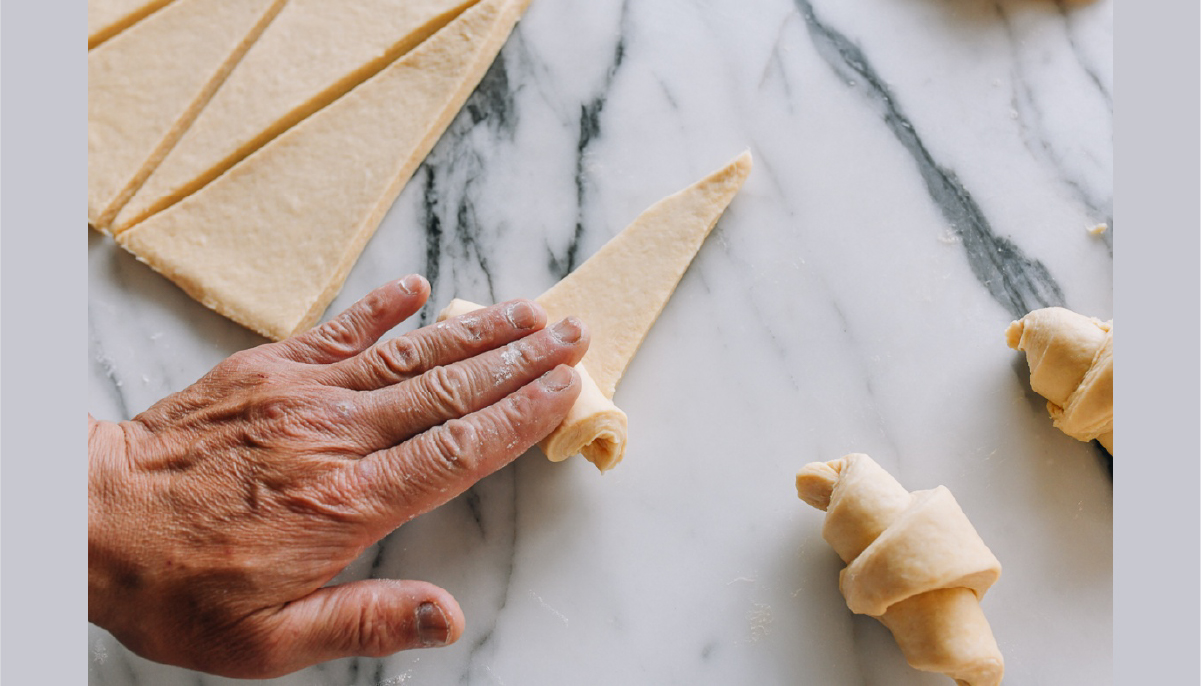
Image Source: The Woks of Life
Croissants may look rustic and simple, but their shape is the result of careful geometry. Even rolling ensures consistent thickness across layers, while precise cutting and rolling influence how the pastry bakes.
- Uneven shaping can lead to lopsided croissants or areas that don’t bake properly.
- Over-rolling compresses the layers, preventing them from lifting in the oven.
At Le Cordon Bleu Malaysia, students in both the Diploma in Culinary Arts and pastry programmes learn to master the delicate art of shaping with consistency and finesse.
Baking at the Right Temperature
The final step is where science and artistry meet: the bake. Croissants are typically baked at 200–210°C to achieve the right oven spring—the final burst of expansion that creates height and airiness.
Convection ovens, with their even heat distribution and airflow, help croissants bake uniformly—no more pale tops or soggy bottoms. The hot air also encourages browning, as the sugars caramelise and the proteins undergo the Maillard reaction, creating that irresistible golden finish.
|
You Can “Hear” a Good Croissant 👂🥐
True pastry nerds say you should hear a croissant before you eat it—the perfect one gives a gentle crackling ASMR when you press it or bite in.
Source: Good Husband Patisserie
|
Elevate Your Baking Skills
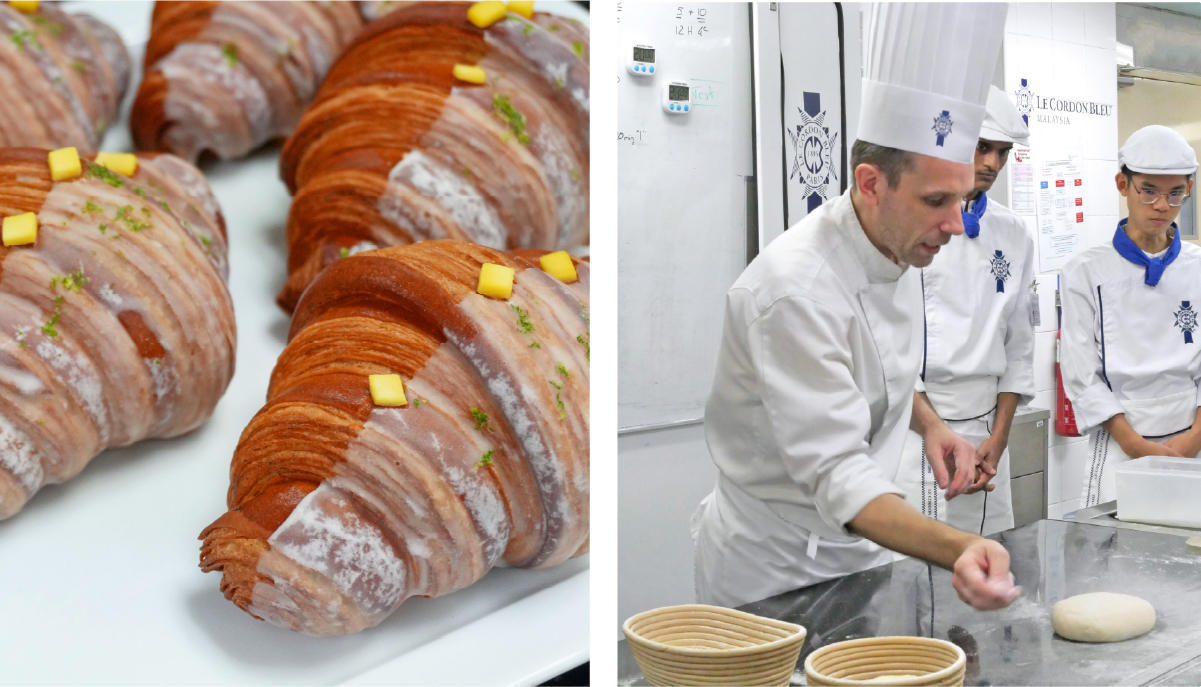
The perfect croissant is much more than the sum of its ingredients. It’s the result of science-backed technique, unwavering precision, and deep respect for the pastry’s French heritage. From butter temperature to folding angles, every detail shapes the texture, flavour, and mouthfeel of this beloved icon.
At Le Cordon Bleu Malaysia, we believe in empowering our students with not just recipes, but knowledge. Whether you're taking a baking class in Malaysia, pursuing a diploma in culinary arts, or striving for excellence in the diploma in pastry and bakery programme, understanding the "why" behind every step is what transforms you from a baker into an artisan.
Join the prestigious culinary arts course at Le Cordon Bleu Malaysia and learn the craft of viennoiserie from world-class chefs. Whether you're an aspiring pâtissier or a passionate home baker, we’ll guide you through the science, art, and soul of the perfect croissant.
For more information, WhatsApp us at 019-305 2586 or email to malaysia@cordonbleu.edu.





